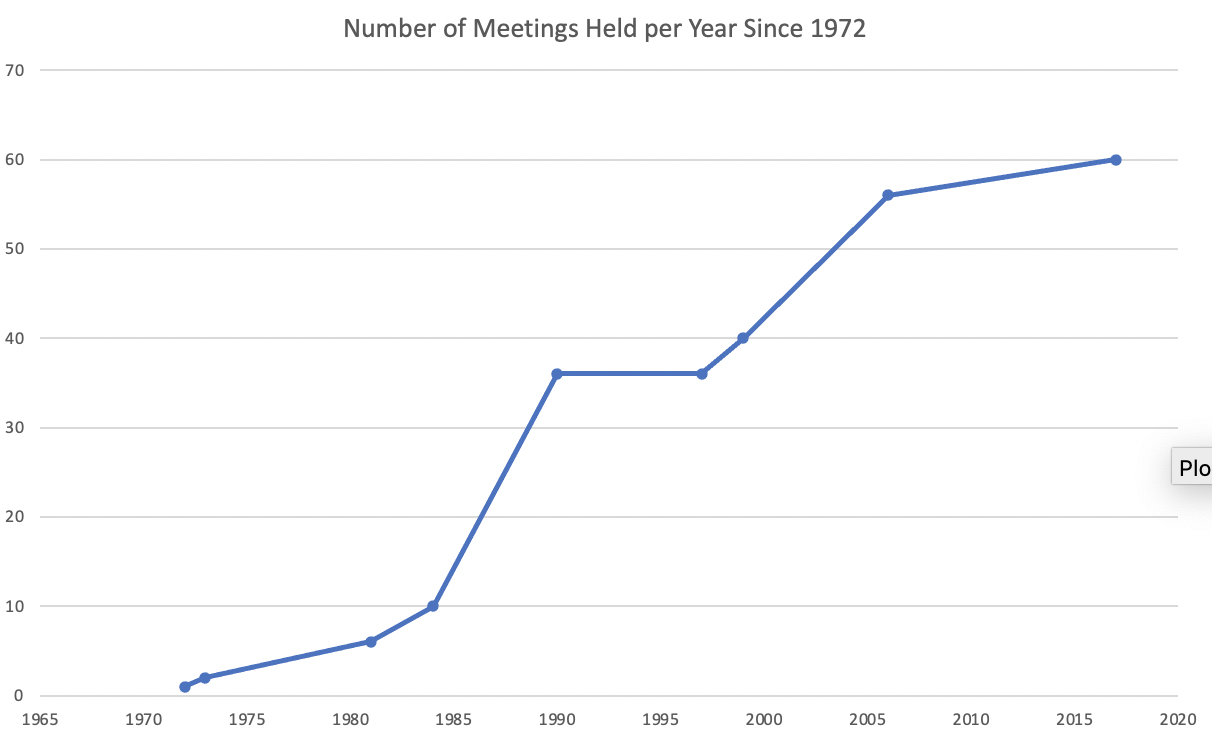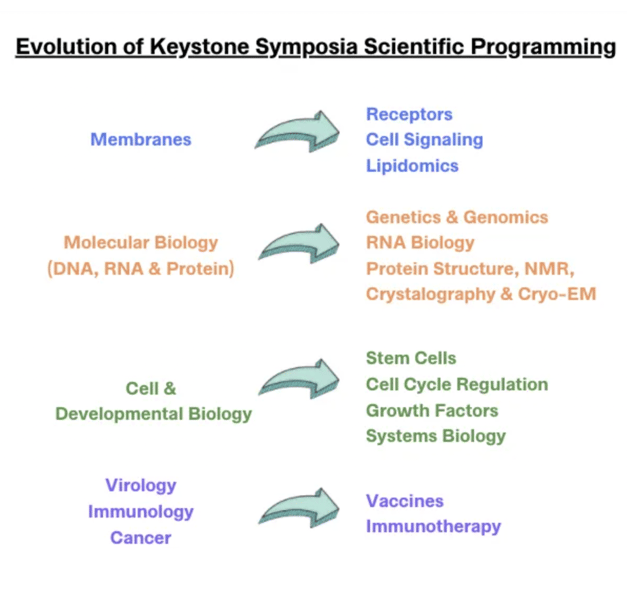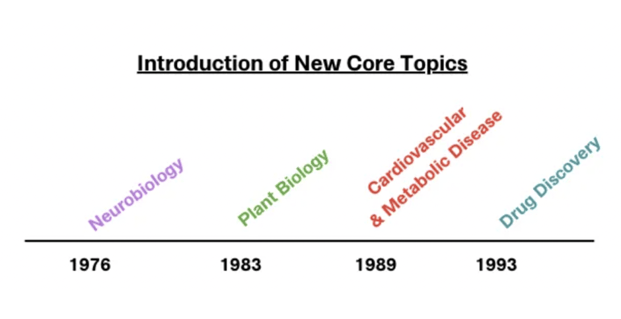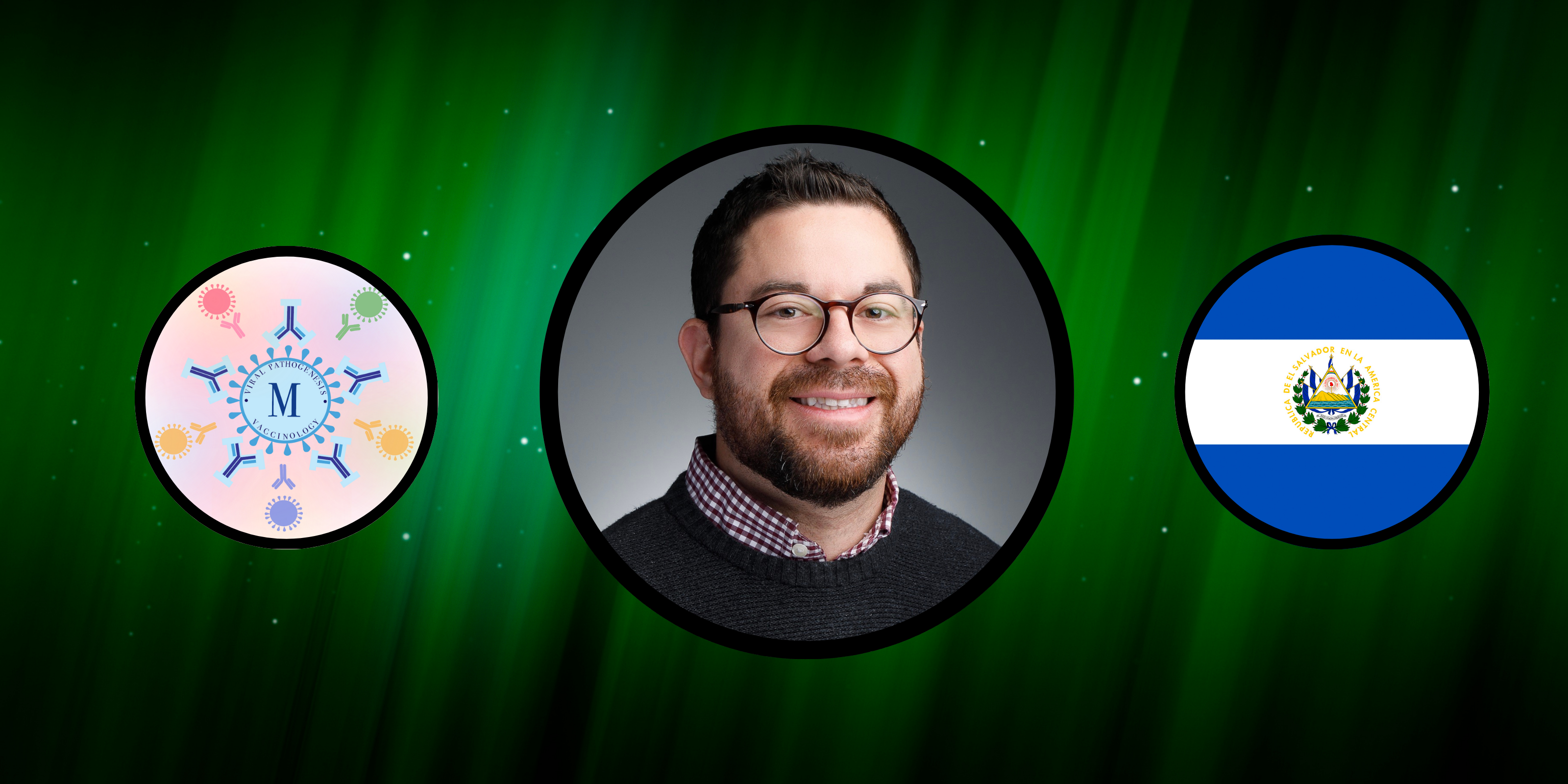Looking Back on 50 Years of Keystone Symposia: Evolution of Scientific Programming
By Ralph A. Bradshaw
What is now the Keystone Symposia on Molecular and Cellular Biology, which hosts an international conference portfolio of 50-60 meetings per year on topics ranging from structural biology to global health, started 50 years ago as a single meeting held at Palisades Tahoe (formerly named Squaw Valley Olympic Village). The topic was membrane biology, and it was the brainchild of C. Fred Fox, held under the auspices of the Molecular Biology Institute of UCLA with the sponsorship of the International Chemical and Nuclear (ICN) Corp.
Such so-called ski meetings apparently had their origins in informal gatherings of scientists in Europe and were transplanted in the late 1960’s to the US. The Winter Conference on Brain Research, which held its first meeting in Tahoe City in 1968 and was also organized by UCLA faculty, likely provided inspiration for the California Membrane Conference. Through family connections, Fred teamed up with Bill Parson, who was running the Olympic Village facilities, to utilize them for this first meeting in the Lake Tahoe region, and for the next several years as the series grew and expanded.
The first conference hosted > 230 participants and featured a program filled with leading scientists working in the area of membranes, including Daniel Branton, Ron Kaback, Vince Marchesi, Harden McConnell, Mary Jane Osborne, Ef Racker, Gordan Sato, Bob Schimke and Jon Singer. Among those also present were Nobelists Paul Boyer (Nobel Prize in Chemistry, 1997), Gerry Edelman (Nobel Prize in Physiology or Medicine, 1972) and Arthur Kornberg (Nobel Prize in Physiology or Medicine, 1959). Ed Dennis, who would go on to become one of the best-known lipidologists (and President of the Keystone Symposia for many years) and Tony Hunter, who pioneered kinase-driven signal transduction (and is now a member of the Keystone Board of Directors) attended as relatively new investigators. Not surprisingly this was a North American gathering and was heavily dominated by west coast participants. Neither of these trends would continue very long as the series expanded and grew in popularity.
Although the first meeting was largely made up of academics, as the program expanded a significant number of the participants from industry began attending. The UCLA-ICN meetings quickly became known as forums that encouraged interactions between academic scientists and those employed in the private sector, including many of the scientific founders of the early biotech companies, particularly in California. This relationship, fostered from the beginning, has been a hallmark of the Keystone Symposia program and one that Fred Fox was a true pioneer in realizing and developing. Ultimately, the continuous sponsorship of ICN would only last for a few years, but when ICN decided to bow out it was replaced by a rapidly expanding list of corporate sponsors to continue the tradition of academic-industry collaboration.

Geographic and Scientific Expansion
The next year, in 1973, Fox expanded his efforts to host two meetings at the Olympic Village; one, again, focused on membranes and the second on virology, organized by Bill Robinson of Stanford University, and both were as successful as the first had been. The Olympic Village would remain the venue for UCLA Symposia through the 1977 season when the resort closed for renovations and the Symposia moved its meetings to two new locales: the Olympic Park Hotel in Park City, UT and the newly opened Keystone Resort, in Keystone, CO, – destined to become its new home 13 years in the future.
Over the next decade, Keystone, Park City, and eventually Steamboat Springs, CO would be the main venues for its meetings, although other sites scattered throughout the American west were also used on occasion. As it approached 10 years of operation, UCLA Symposia was running about a half dozen meetings a year, reaching the 50-meeting milestone in 1982.
Scientifically, the programming expanded during the 1970s to include four additional programs, which, along with Membrane Biology and Virology, have provided the basis for the bulk of the Symposia’s present-day slate of meetings.
- Immunology: 1974 meeting chaired by Eli Sercarz and Alan Williamson
- Molecular Biology:
- Protein Engineering: 1974 meeting chaired by Fred Eiserling
- DNA: 1975 meeting chaired by Mehran Goulian and Phil Hanawalt
- RNA & transcription: 1976 meeting chaired by Donald Nierlich and Bill Rutter
- Developmental & Cellular Biology: 1975 meetings chaired by Dan McMahon, and 1976 meeting chaired by Ulf Henning and Jean Paul Revel, respectively.
- Cancer Biology: 1979 meeting chaired by Richard Hynes, later amplified in a meeting chaired by Curt Harris and Peter Cerutti in 1981.
The second decade of operations, beginning with the 1982 season, saw the end of the ICN sponsorship and the branching out of private sector support. This was followed by a significant increase in the size of the program. Over the seven years from 1984 to 1990, the Symposia underwent a rapid expansion from 10 meetings to 36 meetings per year. After the Symposia moved to Colorado, it generally maintained this latter level through the period it was associated with the Keystone Center (1990-1997), but after the Symposia became independent, it began to grow again, reaching 40 meetings a year in 1999. By 2006 it operated greater than 50 meetings, which expanded to 60 meetings in 2017. This dramatic increase, of course, reflected the rapid advances in technology that fueled the rise of biotechnology with the concomitant advances in bioscience and medicine over the same period.

Origins and Themes of Current Scientific Programming
The Symposia currently organizes program themes into 16 categories with just under a hundred subcategories. However, much of this catalog can be traced back to the original six core subjects that defined the first several years of the Symposia. For example, membranes, the topic of the original meeting, diversified into structural and functional aspects with the latter eventually giving rise to conferences on receptors, cell signaling and lipidomics. In a similar fashion, the three focus areas of molecular biology (DNA, RNA and proteins) lead to meetings on genetics and genomics, RNA biology and protein structure by NMR, crystallography and, more recently, cryo electron microscopy. Cell and developmental biology ultimately produced symposia on stem cells, cell cycle regulation, growth factors and systems biology. The other core topics, virology, immunology and cancer also expanded to include areas such as HIV, vaccines and immunotherapy. Many of these meetings were ground-breaking being among the first to be held on that topic anywhere in the world.
As rich as the fields represented by the original core meetings were, they did not cover all of bioscience and over the years many new subjects have been introduced, some of which have also become mainstays in program development for the Symposia. Neurobiology first appeared as a Symposia subject in 1976 and plant biology in 1983. Both are now a regular part of the program. Perhaps the most significant additions to the list of areas covered are translational in nature: metabolic and cardiovascular diseases and drug discovery. The paired meetings on diabetes and obesity, begun in 1989, are among the best attended meetings while drug discovery, in various applications, has been a constant feature of the Symposia program since 1993. Together these newer parts of the Symposia portfolio have totaled over 200 conferences.

While the growth of the Symposia program has reliably built on the strong foundation provided by these core topics, it also has a history of exploring newly emerging areas of research, often with smaller conferences. Many of these turn out to be too highly focused or ‘before their time’ and fade away after the initial meeting, but others have grown into important topics in science and medicine such as the microbiome. In the early days of the Symposia, Fox would try to pair topics with different constituencies to bring about cross-fertilization of ideas by groups of scientists who did not ordinarily interact to any great degree and this legacy has generally had a strong influence on programming throughout the years. The Scientific Advisory Board, which plays a very active role in program planning, represents a real manifestation of this early cross-disciplinary approach, having expanded to over 100 members from various disciplines.
Envisioning Future Programming
Although the origins of much of today’s programs for the Symposia can be traced back to its early days, this history does not dictate future programming but provides continuity in the shaping of the annual conference portfolio. Deciding on program content begins more than two years ahead of time and predicting where science will be two years in advance, as the Keystone staff and Scientific Advisory Board must do to come up with a timely and germane program, remains one of the biggest challenges in keeping the Keystone Symposia relevant to the research community it serves. Nonetheless the six core subjects that have now morphed into 16 areas provide a satisfying basis for continually achieving this goal, as they do year after year.
About the Author
Ralph A. Bradshaw
Ralph A. Bradshaw holds bachelor and doctoral degrees from Colby College and Duke University, respectively, and has been a member of the faculty of Indiana University, the University of Washington, Washington University of St. Louis, and the University of California – Irvine, San Francisco and San Diego campuses. He is presently Professor Emeritus at UC Irvine and Professor of Pharmacology at UC San Diego. He has served as president of the Federation of American Societies for Experimental Biology (FASEB) (1995-96), treasurer of the American Society for Biochemistry and Molecular Biology (ASBMB) (1991-97) and was the founding president of the Protein Society (1986-87).
He has served continuously on the governing bodies of the Keystone Symposia in Molecular and Cellular Biology since 1987, including as Chair of the Executive Committee (1991-1994) and treasurer (1997-07), and is currently an emeritus member of the Board of Directors. He has attended/organized over two dozen Keystone meetings. His research interests have focused on the structure and function of proteins, with particular attention to polypeptide growth factors and their receptors, signal transduction and proteomics. He has authored/co-authored nearly 350 scientific articles and edited over a dozen and a half books. He has also co-authored books on the 100-year histories of the ASBMB and FASEB.
Return to more articles from the December 2021 Keypoint Newsletter

Related news
September Fellow's Spotlight on Dr. David Martinez
This month, we spotlight Keystone Symposia Fellow Dr. David R. Martinez, PhD, an assistant...
February Fellow's Spotlight on Dr. Oleta Johnson
Our February Fellow's Spotlight goes to Dr. Oleta Johnson! Dr. Johnson’s is a William R. and Daniel...
Reimagining Scientific Conferences: pandemic lessons in reducing carbon footprint, engaging new audiences & rethinking strategies for scientific exchange, now on Demand
Scientific conferences have long been the medium of scientific exchange, inspiration and...








.png)
